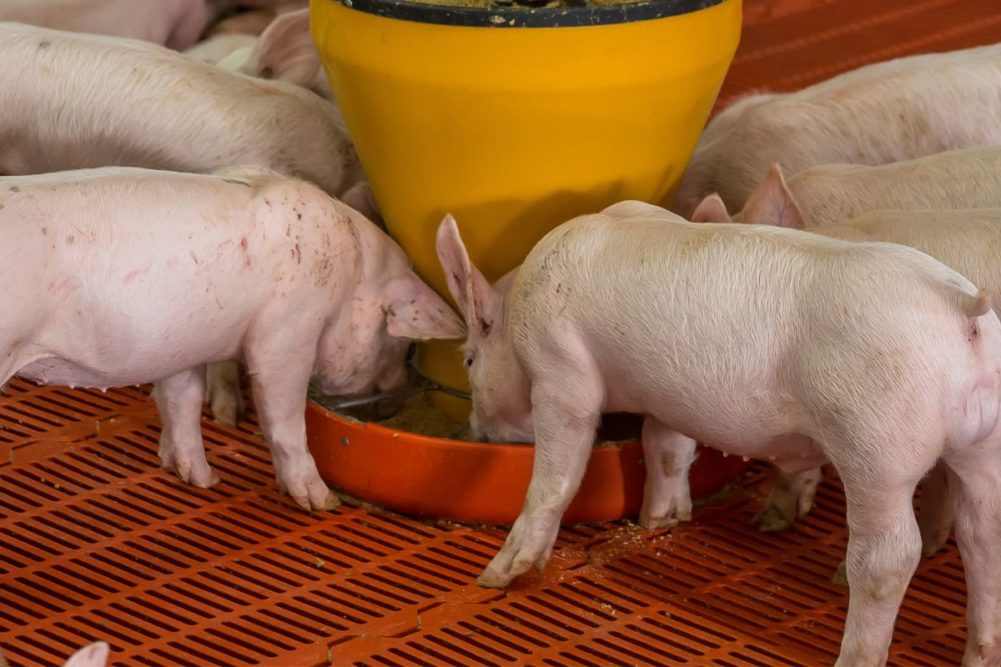ROLLE, SWITZERLAND — ADM is now offering two new products under its SUCRAM range, an in-feed sweetening solution for livestock, ut a growing industry understanding of the function of animals’ sweet taste receptors through ongoing research.
Developed by ADM’s global feed additives business, Rolle, Switzerland-based Pancosma, SUCRAM M’I Sweet and SUCRAM Specifeek are sweeteners designed to improve feed palatability for young animals – particularly weanling pigs. Palatants and sweeteners are useful nutrition solutions to improve feed intake, support animal health and enhance producer efficiencies.
A continuing collaboration between ADM’s nutrition experts and molecular physiology and biochemistry scientists at the University of Liverpool in England, is expanding industry knowledge of the function of sweet taste receptors in animals. The additions to ADM’s SUCRAM range were specifically developed to activate the swine sweet taste receptors, with a focus on piglets at weaning. In-feed sweeteners have been shown to encourage feed intake at the weaning stage, as piglets make the transition from liquid to solid feed.
“Significant diversity exists between the sweet taste receptors among different species, impacting the perception of sweetness,” said Fabio Catunda, global swine commercial director at ADM. “What is sweet for one species may not be perceived as sweet in another species due to these inter-species differences. This is critical to understand when developing effective sweetening products such as SUCRAM.”
SUCRAM M’I Sweet and Specifeek are saccharin-free and were tested in an in-vitro swine sweet taste receptor model as part of the product development process. After several years of research, these products also may have functional benefits in encouraging feed intake during a stressful period, optimizing nutrient absorption and supporting gut health and maturation to promote ongoing growth and performance in pigs.
Specifeek and M’I Sweet initially will be launched in Europe. SUCRAM products are available across the globe in more than 45 countries.



